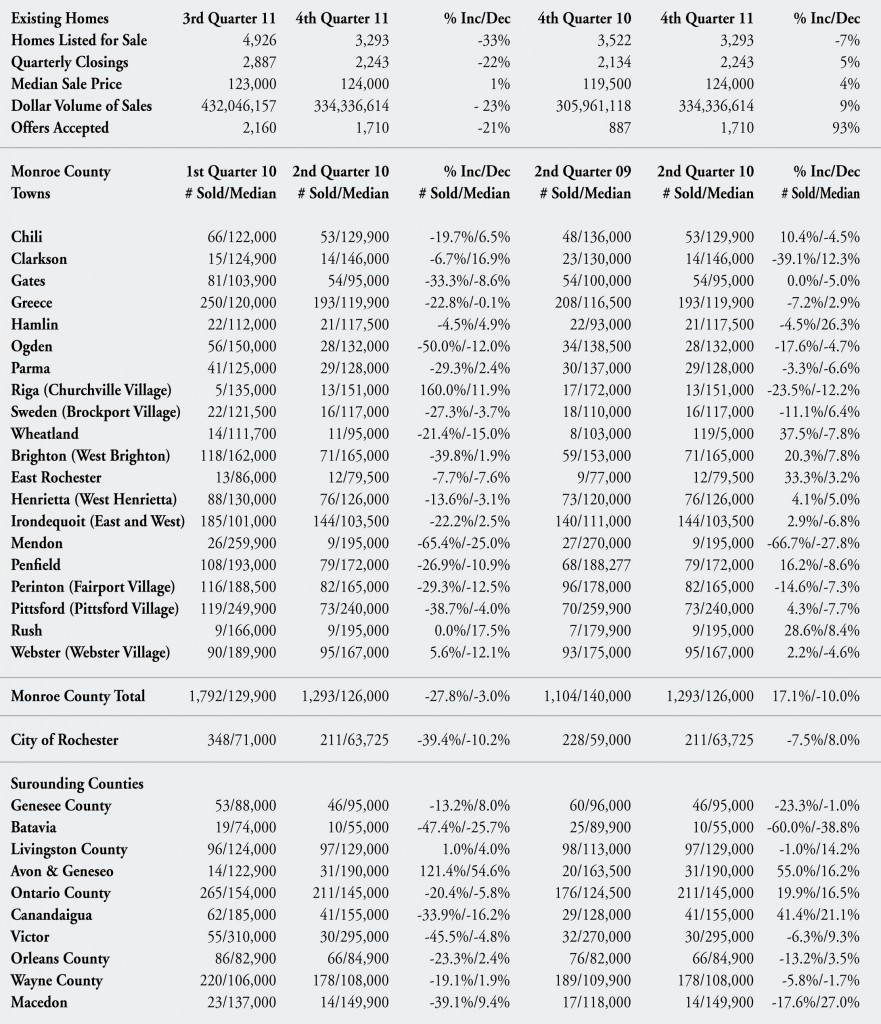Dear JMan, I am a first time homebuyer and am looking to buy a home in the coming months. I have been going to some open houses here and there and have had agents ask me if I am working with an agent? I am wondering what the benefits might be to working with an exclusive buyers agent? I can find the properties myself on the internet or even using some of my m smartphone apps as I drive around. What are your thoughts?
I get this questions at least once a week. It use to be years ago that Realtors had the information and the control of all of the properties that were for sale. You had to go to them to find out what was for sale. Today, a buyer may know about a property hours after it is listed. They can even drive around in the cars and use GPS based home search apps. It is truly amazing what is possible today. That being said, You still need to use a buyers agent. Finding the property for you is only one small part of what an agent does and now a days it is more then likely that you will find the house first. Here are some of the top reason you should use a buyer agent.
1.) IT’S FREE: You don’t have to pay them directly. The buyers agents fee for service is paid by the seller and the sellers agent. It is one of the only industry’s where you can effectively hire an expert for free. So, Why wouldn’t you?
2.) It’s convenient: Let the expert handle the details, A buyers agent knows the neighborhood, the agents and the different showing methods. Trying to schedule a handful of showings even if they are in the same town can be a challenge. You can tell your agent when your available and what houses and he can handle the rest.
3.) Market knowledge: This is where the real expertise comes in. You don’t gain market knowledge over night. It takes time and experience. Many agents live and grew up in the neighborhoods they currently specialize in and can tell you what you need to know to establish what values might be in one area to another. Positive or negative, you need to know.
4.) Professional negotiation: The art of negotiation is truly a specialized skill that your agent does everyday. Price and terms are only the first part of what you negotiate as there is usually an inspection right after that also has to be negotiated. There is a delicate balance of being fair and reasonable and a take or leave it attitude. Your agent knows that push/pull so that he looks out for your best interests and still gets you the home of your dreams.
5.) Professional connections: Your buyers agent has invaluable industry connections that he can recommend you to. He can give you names of mortgage professionals, inspectors, insurance agents, attorneys and even home repair professionals. These are people that he knows and trusts. It is much better then doing a blind search on the internet or the phone book.
6.) Insider knowledge: Agents network with one another within the office and even with other companies. There may be time when they hear about a property that is coming on the market and can let you know about it ahead of time.
7.) Access to sales info: A buyers agent does have access to recent sales which is absolutely necessary to establish what is an accurate market value. You can’t just say,” that house isn’t worth x amount.” just because that is your opinion. Your agent will give you a number based on acts and statistics.
8.) Knowledge of industry standards & contracts: a buyer agent is familiar with what is standard in a transaction as what to ask for or what disclosures should be provided. They also know how to write the contract and contingencies to put in there to protect you from a potential lawsuit down the road or buying a property that could have some issues.
Buying a home will be one of the single most important and largest purchases of your lifetime. Don’t try to go it alone. A buyer agent is on your side and is exclusively looking out for your best interests. Let a buyers agent guide your through the process. You will be glad you did!






